If you’ve ever watched an airplane during takeoff, landing, or flying through the sky at night, you’ve probably noticed a lot of different lights blinking and shining. But what do all of these lights actually do? Why do airplanes need so many of them?
In this article, we’re going to break down all the common aircraft lights and explain their purpose in simple terms. Whether you’re a student pilot, an aviation enthusiast, or just curious, this guide will help you understand what you’re seeing next time you look up.
Navigation Lights
Navigation lights, also known as position lights, are always on when an aircraft is powered. They include three fixed lights: a red light on the left wing, a green light on the right wing, and a white light on the tail. These lights help other pilots see the aircraft’s position and direction, especially at night. They’re similar to the position lights on a car and are one of the most basic safety features on any plane.
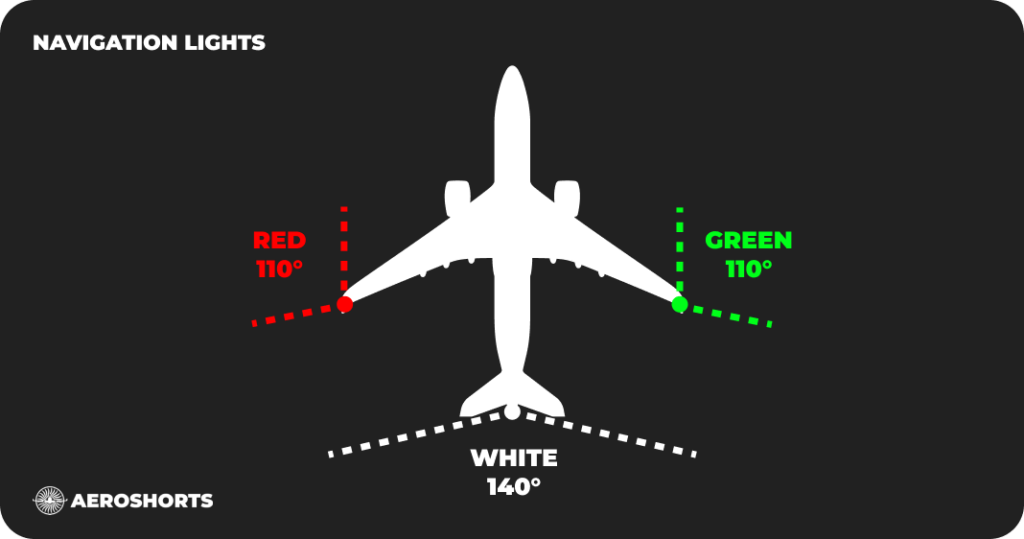
Beacon Light
The red flashing light you sometimes see on top or under an aircraft is called the beacon light. It starts flashing before the engines are turned on and stays active while the engines are running. Its main purpose is to warn people nearby that the aircraft is active and potentially dangerous to approach. It’s a safety signal for ground crew and anyone on the ramp.
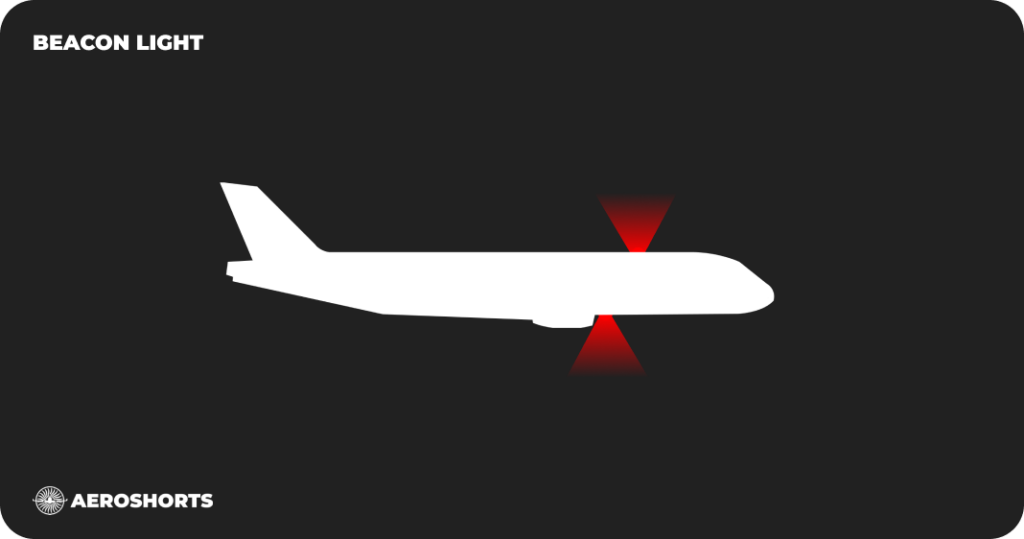
Strobe Lights
Strobe lights are very bright white flashing lights, usually located on the wingtips and sometimes the tail. Pilots turn them on before entering the runway for takeoff and keep them on while flying, especially in high-traffic areas or above the clouds. These lights make the aircraft more visible to others in the sky and are especially useful in low-visibility situations.
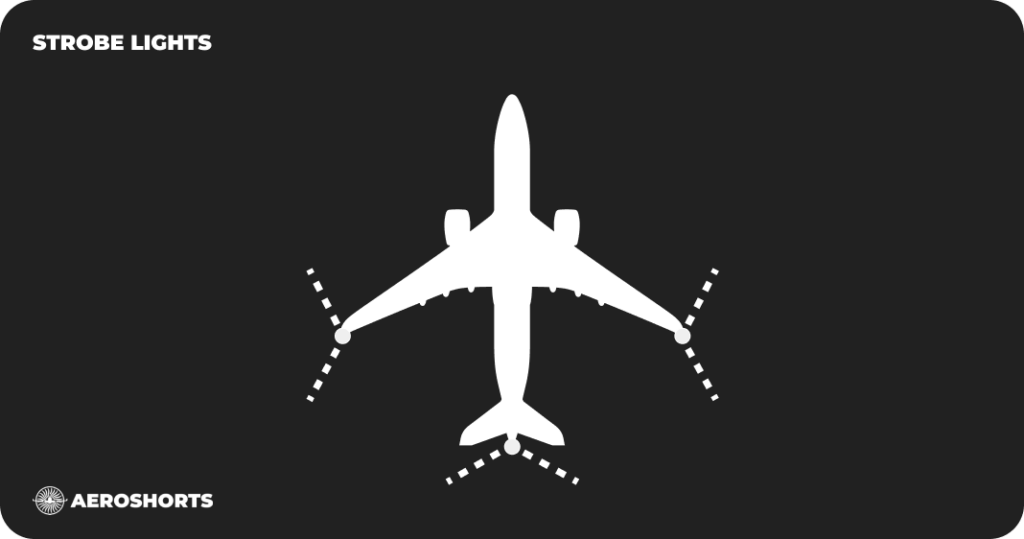
Landing Lights
Landing lights are strong white lights mounted on the wings, fuselage, or landing gear. They are used during takeoff and landing to illuminate the runway and surrounding areas. In some cases, they’re also used during low-level flight to help the aircraft stay visible to others. These lights are not used all the time, mainly to avoid unnecessary wear or to save power.
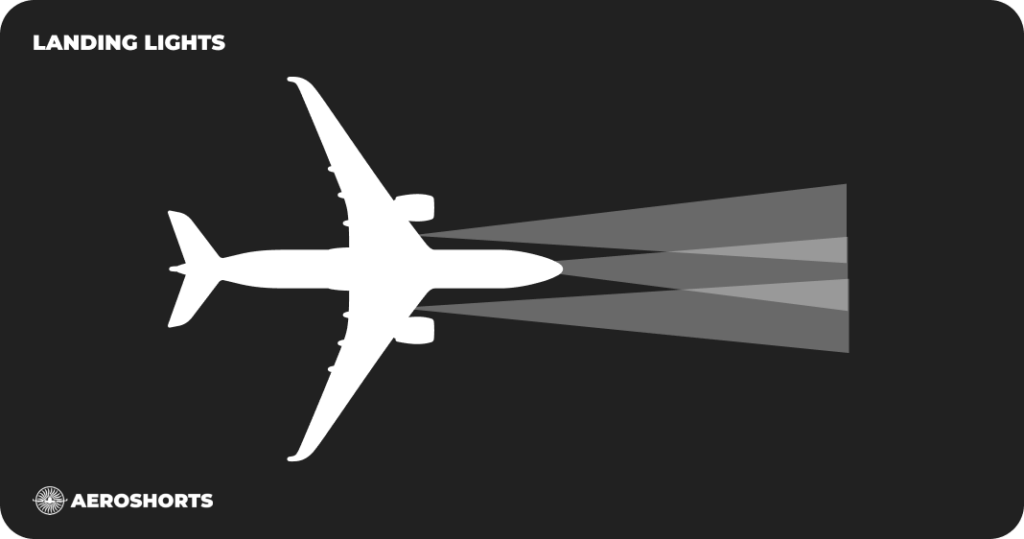
Taxi Light
The taxi light is used when the airplane is moving on the ground, usually between the gate and the runway. It helps the pilots see the taxiway, runway signs, and any possible obstacles. It’s a bright, focused white light, usually mounted near the nose gear or on the fuselage.
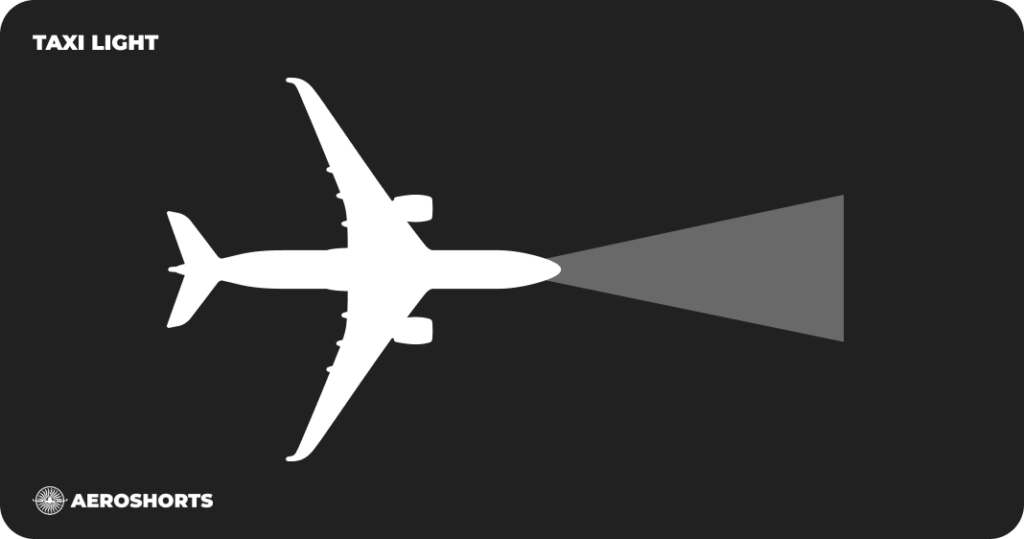
Runway Turnoff Lights
These lights are used when the aircraft exits the runway after landing. They provide extra visibility to the sides and help the pilots see the taxiway intersections and turns ahead. Not every airplane has them, but they’re very helpful in complex or dark environments.
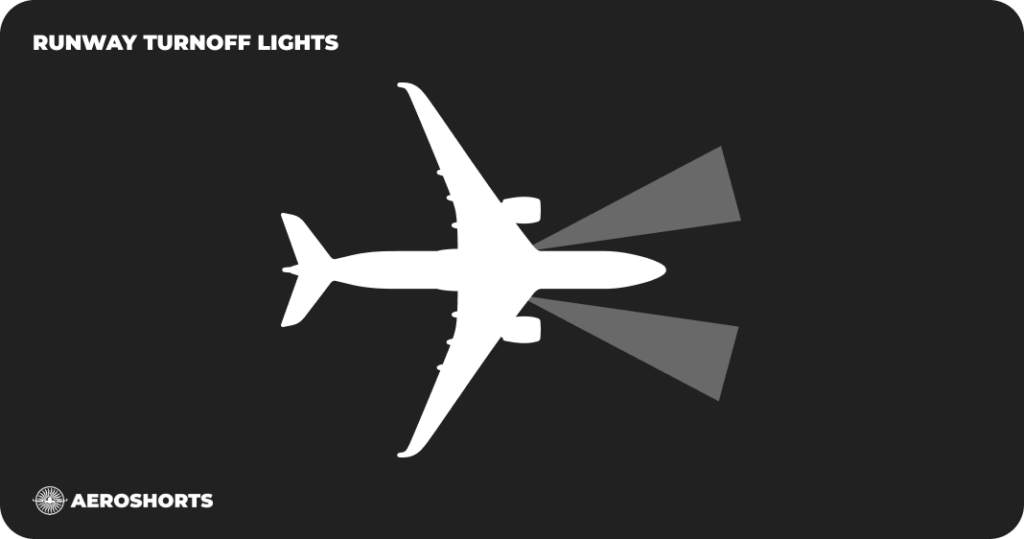
Logo Lights
Logo lights are placed to shine on the aircraft’s vertical tail, usually to make the airline logo visible at night. They also improve visibility of the aircraft, especially near airports. While they are not essential for flying, they contribute to overall safety and branding.
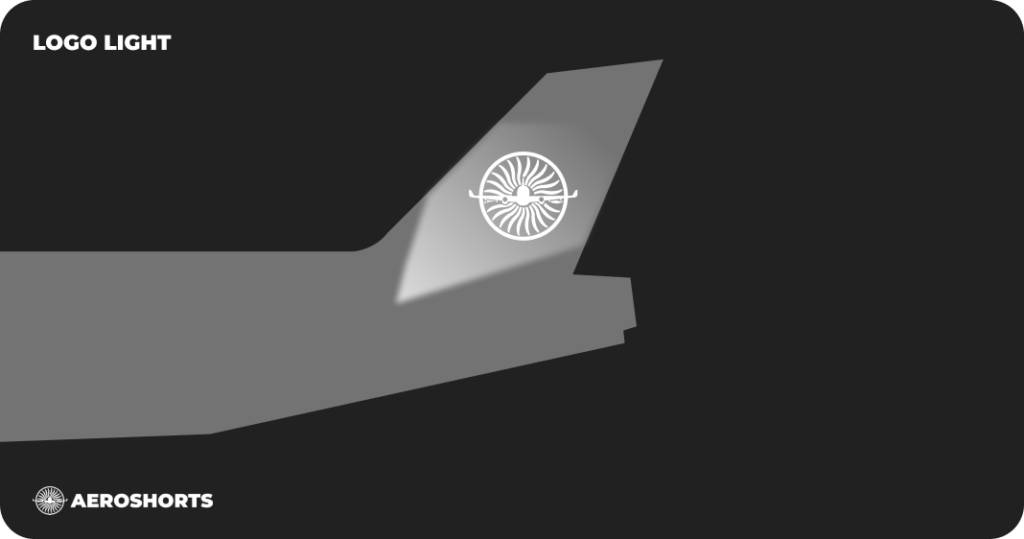
Wing Inspection Lights
Some aircraft have special lights that shine on the wings. These are called wing inspection lights and are used mainly by the flight crew to check for ice, snow, or damage during flight. They can be switched on manually from the cockpit when needed.
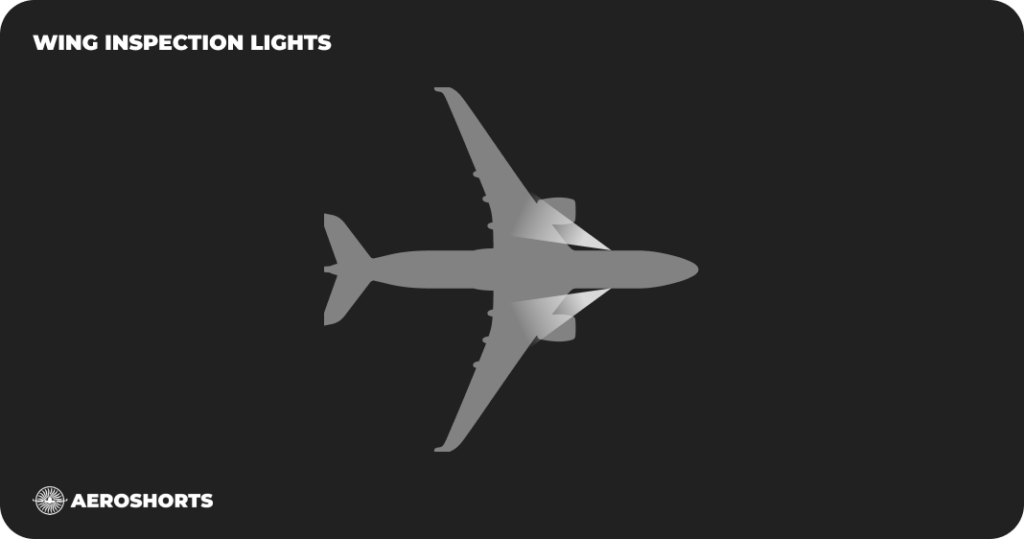
Every light on an aircraft has a specific role. Some help the pilots see, others help people on the ground or in the air see the airplane. Together, they make flying safer in all kinds of conditions, from bright daylight to total darkness.
Next time you look up at a plane in the sky or watch one take off, you’ll know exactly what those lights are doing.